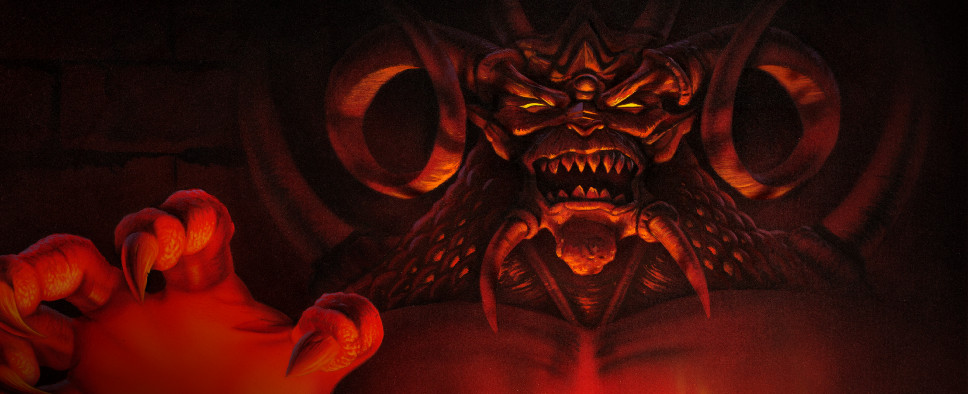20 Years After Diablo, Every Game is Diablo
-
Category: News ArchiveHits: 1988

Its hook is simple. Your hero gets stronger as they kill monsters, which you do by clicking on them with your mouse, and the stronger you get, the better stuff—swords, bows, armor—you can find or buy to help you become even stronger. That twofold progression, your character growing gradually through action while the occasional great item rises from the heaps of useless garbage and gives you a rare leap in strength, is a powerful motivator. There’s a definitive end to your journey, but the flow is less about reaching it and more about watching meters fill and numbers rise as you click your way there. Diablo II would take this loop much further, adding higher difficulty options where tougher monsters spit out even better junk for players who’d finished the game and restarted on the next tier as they continue their never-ending quest for better gear and bigger numbers.
Blizzard itself has done more than any developer to help keep this addicting formula alive. It’s at the heart of World Of Warcraft—including the Diablo innovation of slotting the stuff you find into a color-based hierarchy, a tradition that has been applied to everything from guns (Borderlands) to hoodies (The Division) to snowboards (SSX 2012)—the massive success of which has led to a decade of developers starting to realize just how powerful the allure of this model is. It’s now rare to see a big-budget game, no matter the genre, without that Diablo-esque veneer of RPG concepts to string you along. Even characters with the humblest of beginnings like Lara Croft and the Doomguy need to be leveled up and taught new tricks in their latest adventures.
Shooters have been especially savvy in applying the ways of Diablo. Borderlands is essentially a point-for-point recreation, only with randomly assembled guns instead of randomly assembled fantasy weapons. In 2007, Call Of Duty 4 created the contemporary first-person shooter blueprint by giving experience points for competing online and letting you level up to unlock new gear after playing for long enough. Games like Halo 5: Guardians and Blizzard’s own Overwatch take this a step back toward Diablo’s Skinner box grind, where players are at the mercy of random number generators and carefully tuned percentages that determine the chances of getting halfway decent stuff when opening up Magic: The Gathering-style booster packs full of digital doodads with each advancement. And the extreme cases of Destiny and The Division spent months figuring out how to build a better game around their hamster wheels while players toiled away.

